Kimono is a traditional Japanese garment. The word "kimono" (着物) literally means "a thing you wear on you" ("kiru": to wear / "mono": thing). Kimonos came into being during the Heian period (794-1192).
This Japanese term represents all types of Japanese clothing! Nowadays, the Japanese kimono is no longer a garment worn in everyday life. It is a traditional Japanese outfit worn for funerals, weddings, tea ceremonies or graduations.
Today the kimono is a symbol of Japan like the Japanese cherry blossoms (sakura), the manga, the kami, the ont or the Japanese Tabi socks and Tabi wooden sandals.
There are many different types of kimono. Each kimono has a shape, a name and a specific use according to the period and the people.
So we will see in this article about the history of the kimono:
- The origin of the kimono
- The history of the Japanese kimono
- The evolution of the Kimono
- The decline of traditional Kimono
- Where to buy a kimono?
We have also written a full guide about Japanese traditional mode. So, feel free to discover our full guide of traditional Japanese clothing if you want to learn more about this ancient fashion trend
ORIGIN OF THE JAPANESE KIMONO
 Adobe Stock Licence / Kimono Painting with samurai warriors ans geisha women
Adobe Stock Licence / Kimono Painting with samurai warriors ans geisha women
Nara period (710-794)
During Nara era, Japan was under Chinese influence. Asian culture influenced the Japanese style of dress. The ancestor of the kimono is the kosode from ancient Japan. It is a Chinese undergarment worn with a loose jacket. This Asian clothing is also worn with a long skirt for Japanese women and wide trousers in Chinese style which resembles the Japanese trousers: Hakama.
Heian period (794 - 1185)
There was a diplomatic rupture between China and Japan central government during medieval Japan. The Japanese civilisation developed their sense of refinement and aesthetics. This is the emergence of traditional Japanese patterns and the T-shape of the first kimono.
The kosode becomes a Japanese garment made of long straight pieces of fabric sewn together. The second version is born: the osode. It is a garment with long, wide sleeves. There is a difference between the kosode for men and the kosode for women. It is worn indoors and outdoors.
THE HISTORY OF THE KIMONO
 Traditional Kosode clothings / Drawing by Nogaku Zue
Traditional Kosode clothings / Drawing by Nogaku Zue
Kamakura period (1185 - 1333)
Warriors wear the silk kosode in everyday life and for ceremonies.
Muromachi period (1336 - 1573)
The kosode loses its status of underwear. It is also worn without trousers nt. The fabric used is heavier and thicker. It is now an outer garment. To keep the kosode closed, the Japanese wore a hakama. They created the Obi belt to replace it!
Momoyama period (1573 - 1600)
This Japanese era is marked by the flourishing textile market. It is the golden age of Japanese merchants. They also wore elegant kosodes identical to those worn by Japanese warriors. This Japanese garment is becoming more and more popular among the Japanese people. The word kimono becomes a synonym for kosode.
EVOLUTION OF THE KIMONO
 Licence Adobe Stock / Women with a colored kimono
Licence Adobe Stock / Women with a colored kimono
The shape, patterns and fabrics used are changing.
Edo period (1600 - 1868)
During Edo era, the kimono or kosode was still a garment with short, narrow sleeves. Under each sleeve there was a piece of fabric of varying length. New versions and shapes of the kimono were created. People wore the traditional clotings depending on:
- Japanese events
- The seasons
- Social status
For example, young girls carry the furisode. It is a kimono robe with long sleeves. This traditional kimono used to tell men that the woman was not married! This loose-fitting, straight-cut Japanese garment is becoming very popular. Japanese people wore the kimono everyday because it had many advantages. We will explain why just below...
ARE KIMONOS COMFORTABLE?
 Japanese couple with a blue and white kimono / Adobe Stock / Design by KimuraKami
Japanese couple with a blue and white kimono / Adobe Stock / Design by KimuraKami
The kimono has many advantages:
- The kimono is easy to fold and put away
- It adapts to all seasons. Just choose a breathable and light fabric in summer. In winter, you need to layer the layers one on top of the other to avoid catching cold
- The kimono cut is standard. It is suitable for all morphologies
However, the kimono traditional is a formal traditional clothing, if you wish to know how to wear it, we wrote an article about five rules to respect for a Japanese kimono
Kimono fabric
Kimono is also a Japanese art form as Ikebana, or Kabuki theater. During the first half of the Edo period, the fabric of the kimono was sophisticated and elaborate. The patterns represent Japanese landscapes or Japanese wagara symbols such as carp (koi), Japanese waves (nami), or cherry blossoms (sakura). The material of the textiles is varied (cotton, silk and linen). Japanese kimonos are sometimes embroidered with gold thread.
The obi belt becomes a fashion accessory. The colour and material must be matched with the rest of the kimono. A sense of refinement is essential! The kimono also indicates social class. If the owner is rich, the fabric will be precious and decorated.
The economic situation of the Japanese archipelago deteriorated during the second half of the Edo period. The Japanese once again wore the simple kimono. Embroidered and woven patterns are replaced by more sober geometric designs.
The yukata kimono becomes popular. It is a light and casual version of the kimono. The yukata kimono is also cheaper. If you would like to know more, you can read our article on the differences between kimono and yukata.
THE DECLINE OF THE TRADITIONAL KIMONO
 Japanese emperor with a traditional Japanese clothing on the left and European clothing on the right
Japanese emperor with a traditional Japanese clothing on the left and European clothing on the right
Meiji period (1868 - 1912)
This meiji era marks the opening of Japan to the outside world. It is the beginning of modernisation. The Japanese emperor takes back the power held by the shogun. The modern Japan symbolises the end of the samurai and shogunate rebellion. Shogun was a Japanese military chief. It was a daimyo: a samurai leader and the most famous was Tokugawa (Tokugawa Dinasty period).
Government officials, policemen, professors and civil servants were forced to wear Western clothes when they work.
In 1940, Western clothing, called kokumin fuku, became the compulsory national uniform for men. The traditional Japanese kimono is completely abandoned in everyday life. But it is still compulsory to attend official ceremonies! Wear a kimono during wedding, graduation, or for tea ceremony is a Japanese tradition.
This traditional dress is also worn by the geisha and Maiko when they perform the tea ceremony. In everyday life Japanese people wear western clothes. The kimono yukata is still very popular. It is worn during summer festivals (matsuri).
WHERE TO BUY A KIMONO?
Buying an authentic Japanese kimono is very expensive. Japanese people rent kimonos for special occasions. The Japanese kimono is a bit like a traditional wedding dress. If you still want to buy a kimono, we offer Japanese kimono dress for women in the Kimura Kami shop!
 Women Kimono dress, the model also wears a Japanese fan, she has a
Women Kimono dress, the model also wears a Japanese fan, she has a
For gentlemen we also offer splendid traditional Japanese clothing if you wish to buy a quality Japanese men's kimono with a comfortable and soft fabric. You will be delighted with our men's kimono collection.
 Japanese kimono for women with a obi belt
Japanese kimono for women with a obi belt
If you are travelling in Japan, we advise you to go to the harajuku district in Tokyo. Young Japanese people mix the Japanese style with the kawaii or streetwear style. They wear kimono haori jackets with all kinds of Japanese accessories.
Fashion designers such as Jean Paul Gautier or Karl lagerfied have integrated this comfortable and elegant garment into their fashion shows. The history of the kimono is far from being over.



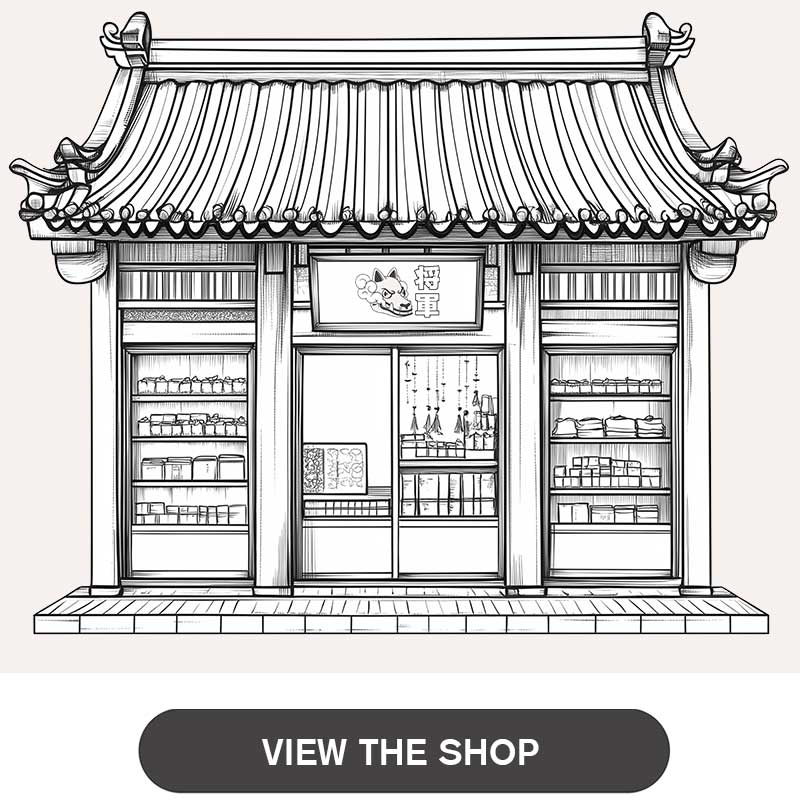
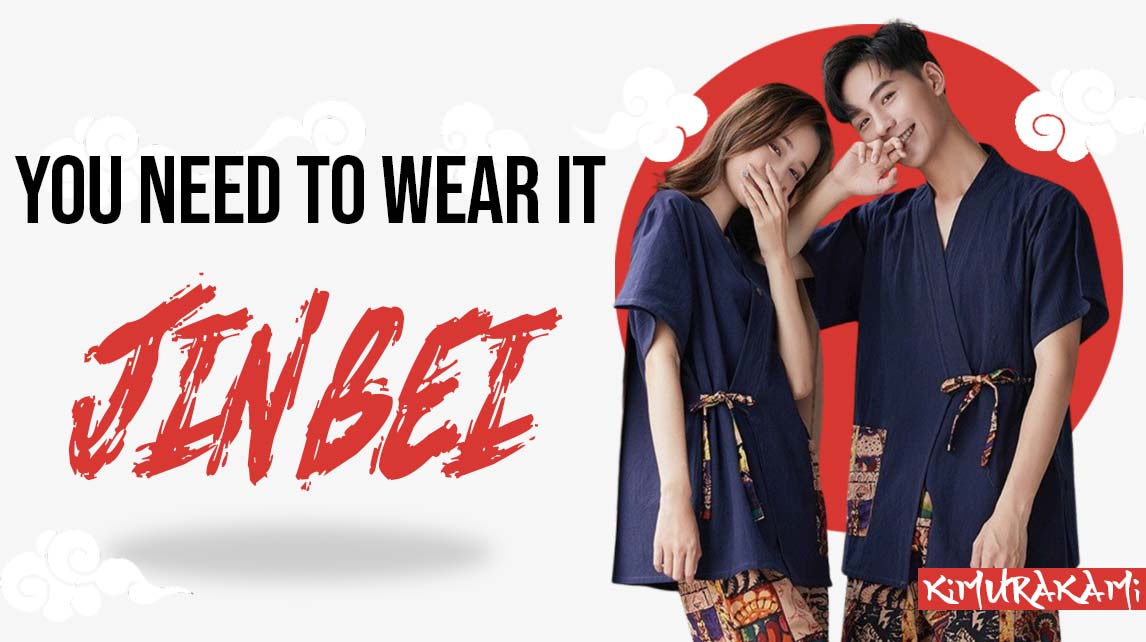
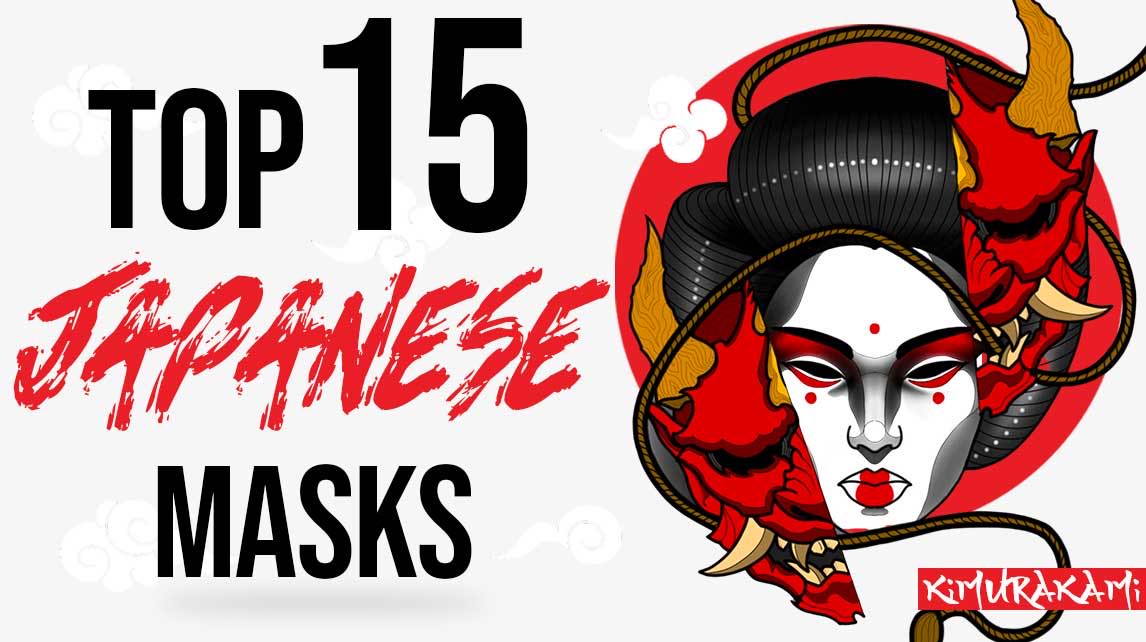
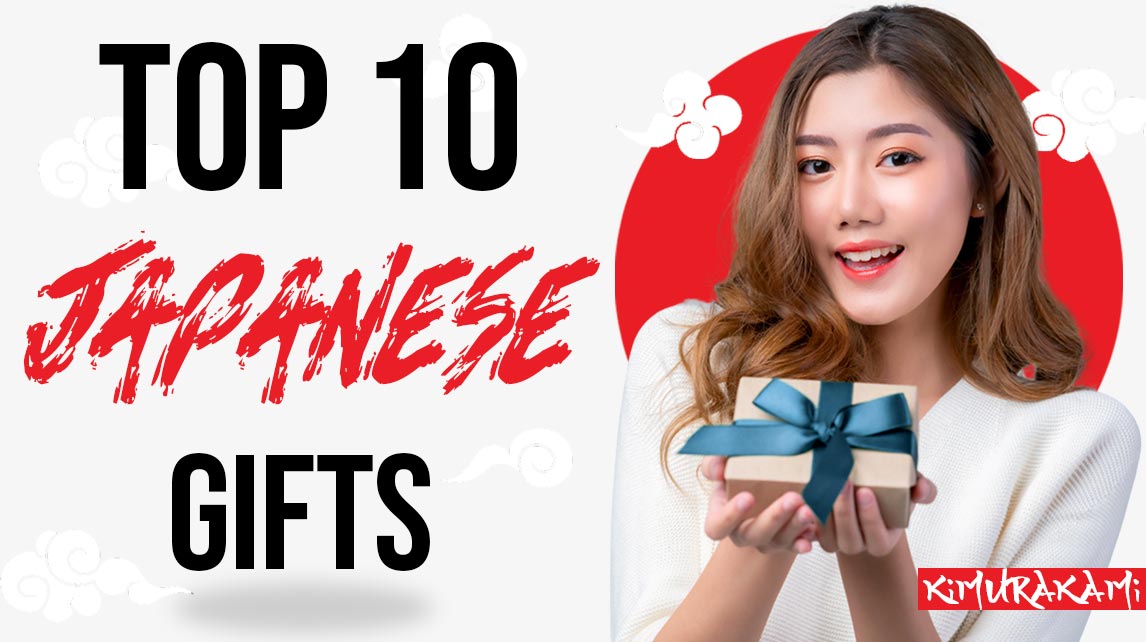
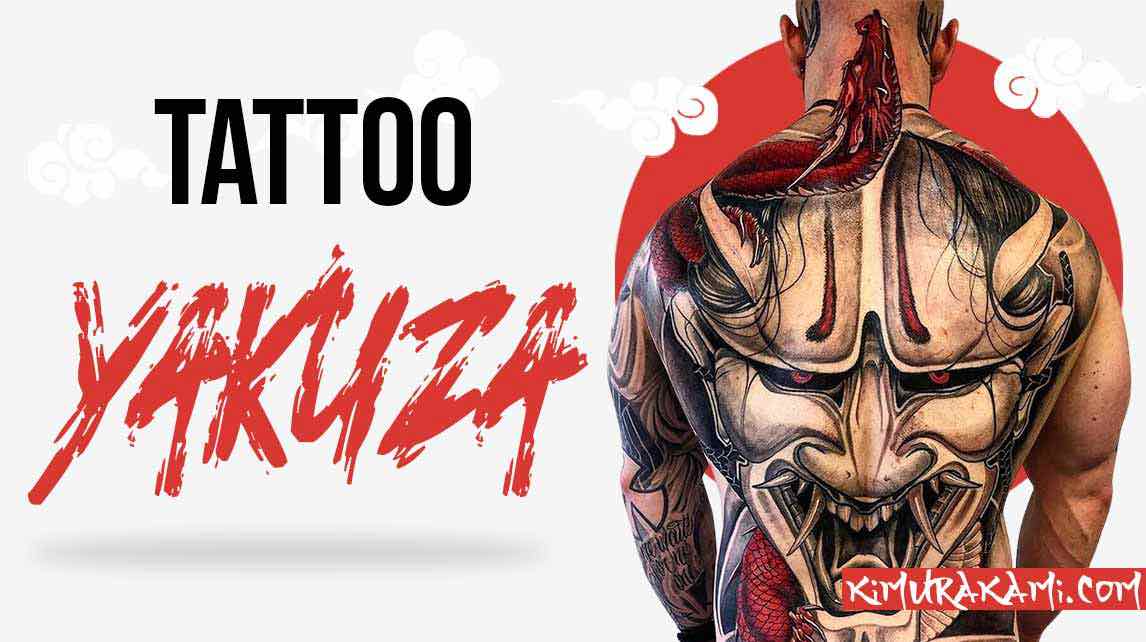
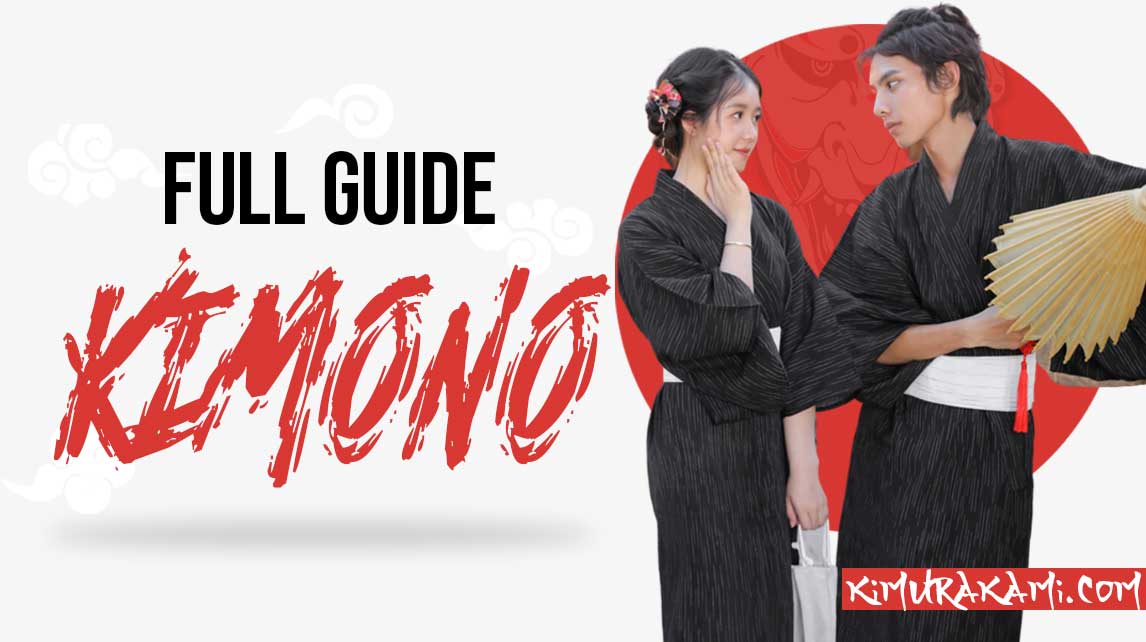
Leave a comment